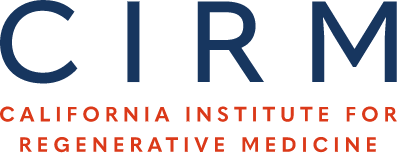Self-renewal and senescence in iPS cells derived from patients with a stem cell disease
The discovery of induced pluripotent stem (iPS) cell technology promises to revolutionize our understanding of human disease and to allow the development of new cellular therapies for regenerative medicine applications.…



